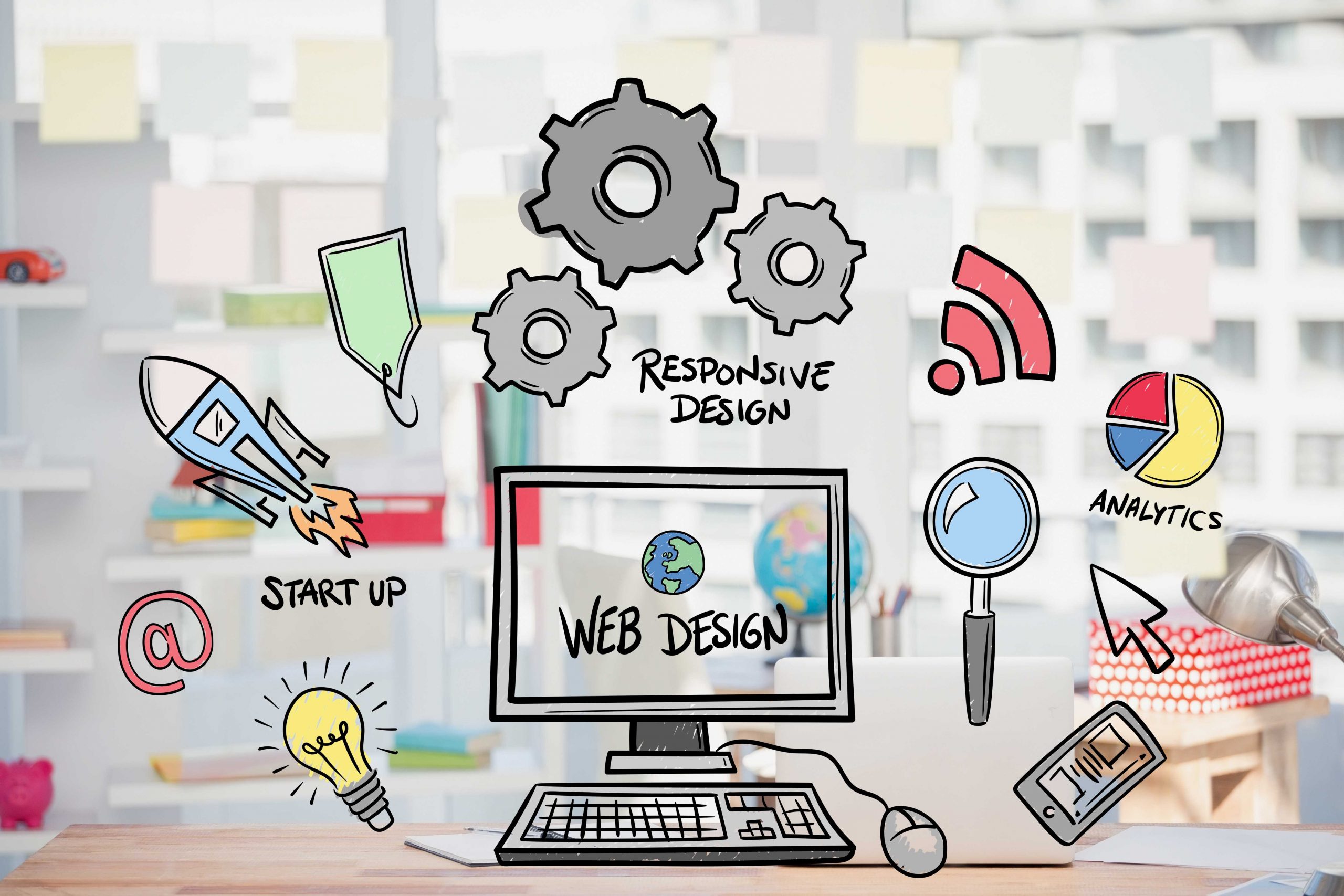What makes a “Good” web design
Creating a nice website can be difficult and time-consuming. Even though there are billions upon billions of websites on the internet, just a few thousand of them are largely decent.
People use the internet for a variety of purposes, including shopping, ordering food online, researching university websites, reading articles from other websites, and so on.
If you build websites, you’re well aware that making them useful and engaging is a major concern.
Even with the best web design software at your disposal, it may be a daunting undertaking for anyone who has only recently begun developing websites, so I’ve compiled a simple list of things for you to keep in mind when you’re planning to do your next web design project.

Easy Navigation
Navigation is the foundation of usability. On the Internet, it is the most used method of communication. It’s critical to have good website navigation so that visitors can locate what they’re looking for. A straightforward menu arrangement and the ability to move swiftly and reliably through sites are all part of easy navigation. These are some quick tips you can follow to keep your page looking neat.
- Keep the navigation bar as simple as possible by including only the most essential items.
- Reduce the number of possibilities in the drop-down menus.
- Follow real-world customs or name the options in the user’s language.
- Keep the number of clicks on the website to a minimum.
Consistent Interface
The consistency of a website’s design is quite important. Pay close attention to how the design components on each page match. It’s obvious that your fonts, sizes, headings, subheadings, and button styles must be consistent across the board. Finish the fonts and colours for your messages, buttons, and other elements, and keep to them throughout the development process.
First and foremost, make the design usable. Consistency has two sides to it. If your website isn’t created properly from the start, making other portions of it consistent will result in continually terrible design. As a result, make the design usable first, then consistent.
- Make sure you use the correct colour scheme.
- Keep the colour scheme as simple as possible.
- Avoid using too bright or dark hues.
- Wherever possible, underline the most important facts.
Content meets goals
Even if your website is attractively designed, without decent content, it is nothing more than an empty frame; a good website has both amazing design and outstanding content.
When it comes to finding the appropriate information, a user will be dissatisfied if they do not receive it. Provide explicit details in your response. It is the responsibility of the designer to ensure that the design assists and complements the content.
Talk about business. Avoid names that are cute or creative, marketing-driven, company-specific, or technical names that are unfamiliar.
- Make sure the website’s text is relevant.
- Make a list of concrete actions to take.
- Concentrate on the user’s task.
- Maintain content with lighter comprehension
And last but not the least,
The Purpose of your Site
This is the most vital part. The user’s requirements must be met by your website. On all pages, having a straightforward, clear goal will assist the user in interacting with what you have to offer. What exactly is the goal of your website? Is it a fun website, a technical website, or are you trying to sell a product to the user? Websites can serve a variety of purposes, but there are a few that are common to all of them:
- Expertise: Defining It
- Developing Your Credibility
- Lead generation, sales, and customer service
Conclusion
Any website’s success is totally dependent on its web design. Whether or not the creators took the utmost care when creating it. The success of your well-designed site, which includes usability and utility, rather than the visual design, is determined by its usability and usefulness. Because your website is the face of your business, and most potential clients will view your site before visiting your store, it is unavoidable to carefully design your website.
Your brand’s image could be ruined if you’re lacking in any way.
Conversions are more dependent on web page design than you might assume. Even if you have a terrific conversion-boosting strategy, it won’t help much if it looks bad. In truth, website design isn’t just about how it looks and feels; it’s also about how it functions. Even a plain-looking website with excellent usability and a well-structured structure usually ranks highly on Google. User views are also higher on such websites than on those with a bad user experience. The effectiveness of the website has a direct impact on the performance.









































